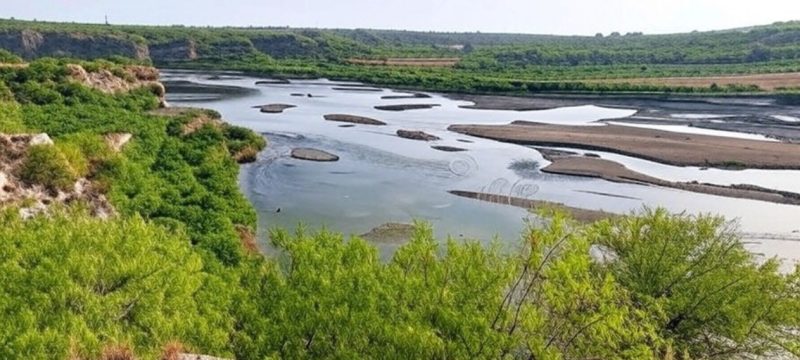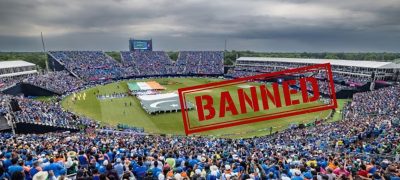The Soan has spoken.
A mere 200 millimetres of rain, and the river that once moved with quiet dignity now overflows. Not because of some wrathful sky, but because we have forgotten. Forgotten how to live with nature, how to listen to it. Forgotten what the Soan has always been — not a threat, but a witness. In 2001, Islamabad endured 620 mm of rain and the city stood unshaken. But today, just a third of that has brought the Soan roaring back, not as a flood, but as a reminder.
This is not destruction. This is memory.
The Soan River predates every building that lines its banks, every bridge that cuts across its path. Flowing for millennia, it is one of the oldest rivers of the Pothohar Plateau, with origins deep in the Murree Hills. For centuries, the Soan carved the land — shaping valleys, nourishing fields, sustaining villages.
Archaeologists have even traced signs of prehistoric life along its basin. Civilisations have come and gone, but the Soan has endured — a quiet, ancient pulse running through this land.
It has seen the birth of Rawalpindi, the planned rise of Islamabad, the unchecked sprawl of Bahria, DHA, and beyond. It remembers the time when its banks were soft with silt, when buffaloes bathed in its bends, when children chased dragonflies and fishermen cast nets by hand. It remembers when it was respected.
What it cannot recognise is what we’ve become.
We have robbed rivers of their beds, narrowed their veins with roads and plazas. Wetlands that once absorbed the rains have been sealed with concrete. Natural streams — the lifelines of the land — have been redirected, buried, or blocked. Every encroached nullah is a silenced tributary. Every gated colony, a stolen breath from the land.
To revive a river is more than civil engineering. It is soul work. It is about restoring the rhythm of life, the memory of balance. Because when the river flows free, everything follows: trees re-root, birds return, aquifers refill, crops thrive, and the city breathes again. The Soan is not just calling for space. It is calling for remembrance.
Islamabad and Rawalpindi were not cursed with rivers. They were blessed by them. The Korang, the Nullah Lai, the Soan — all once gave life. Today, they are treated as obstacles to be tamed, threats to be fenced. But it is not the rivers that betray us — it is the silence we’ve imposed on them, and the institutions that pretend we can master nature through bricks and bureaucracy.
CDA, DHA, Bahria, and all who shape these cities must now become stewards, not settlers. Planners must plan for rain not just in inches, but in respect. They must learn to design with the land, not against it.
There must be a reckoning.
Each acre snatched from a river’s course is a debt we pass to our children. Each blocked waterway is a risk not just to infrastructure, but to life. We do not own this land. We are only here for a while — its temporary guardians. And the Soan, in its sudden surge, is not punishing us.
It is warning us.
To negotiate with nature is not surrender — it is survival. Letting rivers run is not a return to the past — it’s a leap into a wiser future. We built walls and called it progress. But no wall can hold back a river that carries centuries in its current.
The Soan is not just water. It is wisdom. It is the history we buried and the future we still have time to save.
It’s calling — not next year, not after the next flood, not when the headlines scream again.
Now.
This is the moment to choose: between memory and ignorance, between short-term gain and lasting grace, between concrete and current.
Soan is calling.
Let us — finally — answer.
In other news read more about Ex-Colonel Qazi Ishaq’s Body Found in Sawan River, Daughter Feared Drowned





